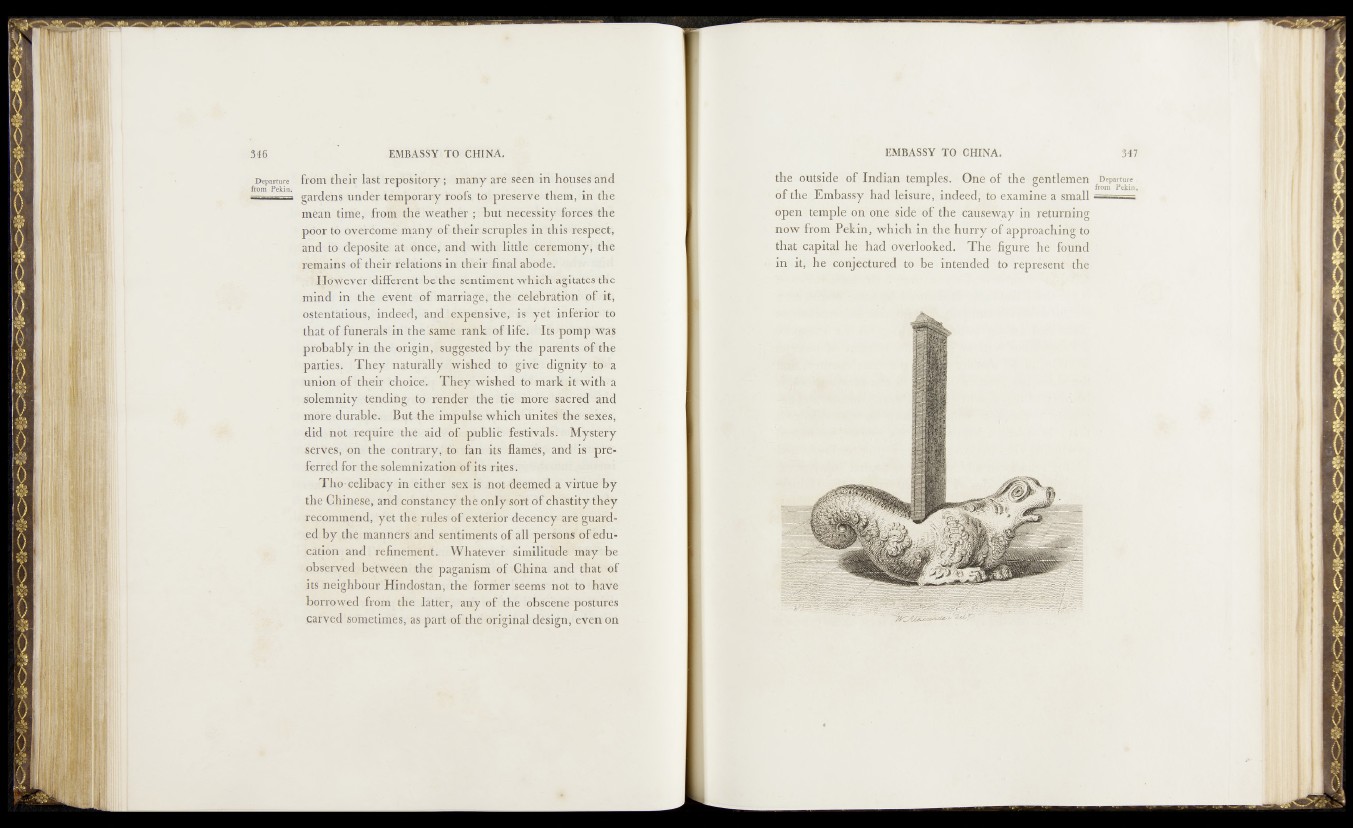
from their last repository:; many atëisèeh mïfemsitfiiïd
gardemsnnden temporary roofs tdhpf&sêïYÈï<them, mtwïê
mèan ’time,;dr.o|fi thê weather j * ibutmteseskity dorce&'fhe
ppor tó nYerêeune5many:Bfitheinscru]desin this^eSp^feV,
and tb< dfepositer a t* onpe, and with little ceijemoto^Miye
yQWains of their relations in their final abddev-n
' HqsïeyërlcHfferent^be the sentimentiMshlitflfia'^ita'tes the
minds in ^th&ftèvènt ofi marriageiith&icetebfatibn: ■ o f: it,
:®^ntMiwsd/md#e<^bl8i^È:Sx-pénsiY@iri^^#riinfe*$È>3tt>'
th at of fdnfirals in theisaihe rank of l i |^ td i ’s p0mpJ#a|
probably in thehgfigin,-: suggested;by the ïparédts ofctbfe
parties«. They naturally, wished t o zdignity ^Gfc-'a
unioni.pf their choices.-- They wishedotot marktóttwith^a
solemnity tending' to render the stiei moretsafered3a'rid
more durable.! But the impulse whichlühite^thre S’ekës',
.did notdrequire the aid ofi-jpublicfestivals:*
the!3e0htmry,tó .fan its-flames', oittdfeppfe^
iferred for thesokmnizatibnofiitsrites.
Tho-celibacyin eithersexis notdfeemeda
the Chinese, arid.cdnsiancy the onlysdrt dfcbèstity théy
recommend, yet thé rules o f exterior decency^ arè guarded
by thé manners! and sentiments p£ all perlóm#öf education
g and ^refinement»: Whatever similitude' ’may; fee
observed^betwéen the paganism of China and thatuof
its neighbour’ Hindostan, the fbrnaer'seems' not; to have
feorrQ\®ed?from the latter, any of the robscene postures
.carved: sometimes, as part of; the original design,; even on
the outside-i of- Indian temples. - One bfrthe gentlemen ^Departure.
of the||^mbassy'diad leisure. - îgdeëd^ËS examine a small ~
©pehvtemple tom one. side' of the cVdllway iiî returning
iab'w from Pekin,-which in the hdfry'p&pproachih’g- to
éhat^eapitalffete5 had tiferlooked .I flp p figure he-' found
in iit,. he «-Conjectured to be intended to reprèséii^the